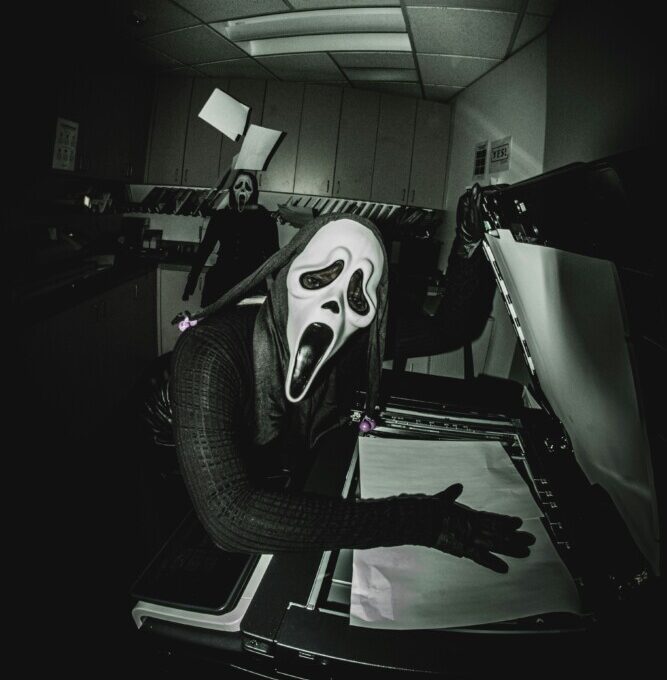
What’s your favourite scary movie?
14 Oct, 2025
Why are we so obsessed with being scared? What’s with this collective cultural fascination with fear? When it comes to horror, I’m a big nightmare-prone wuss and a jump-scare thrill-seeker, forever desperate to understand why gore-soaked tropes like monsters and mask-clad serial killers have such an enduring attraction, influence and impact.
In the apparently-unending quest to figure out my own deranged love of the horror genre, I’ve read a lot about the psychology of slashers and our engagement with on-screen threat and fear, as well as personal essays about the enduring imprints of our first encounters with horror films, and behind-the-scenes accounts of how the most iconic contributions to the canon came about. Read on for some of my favourites…
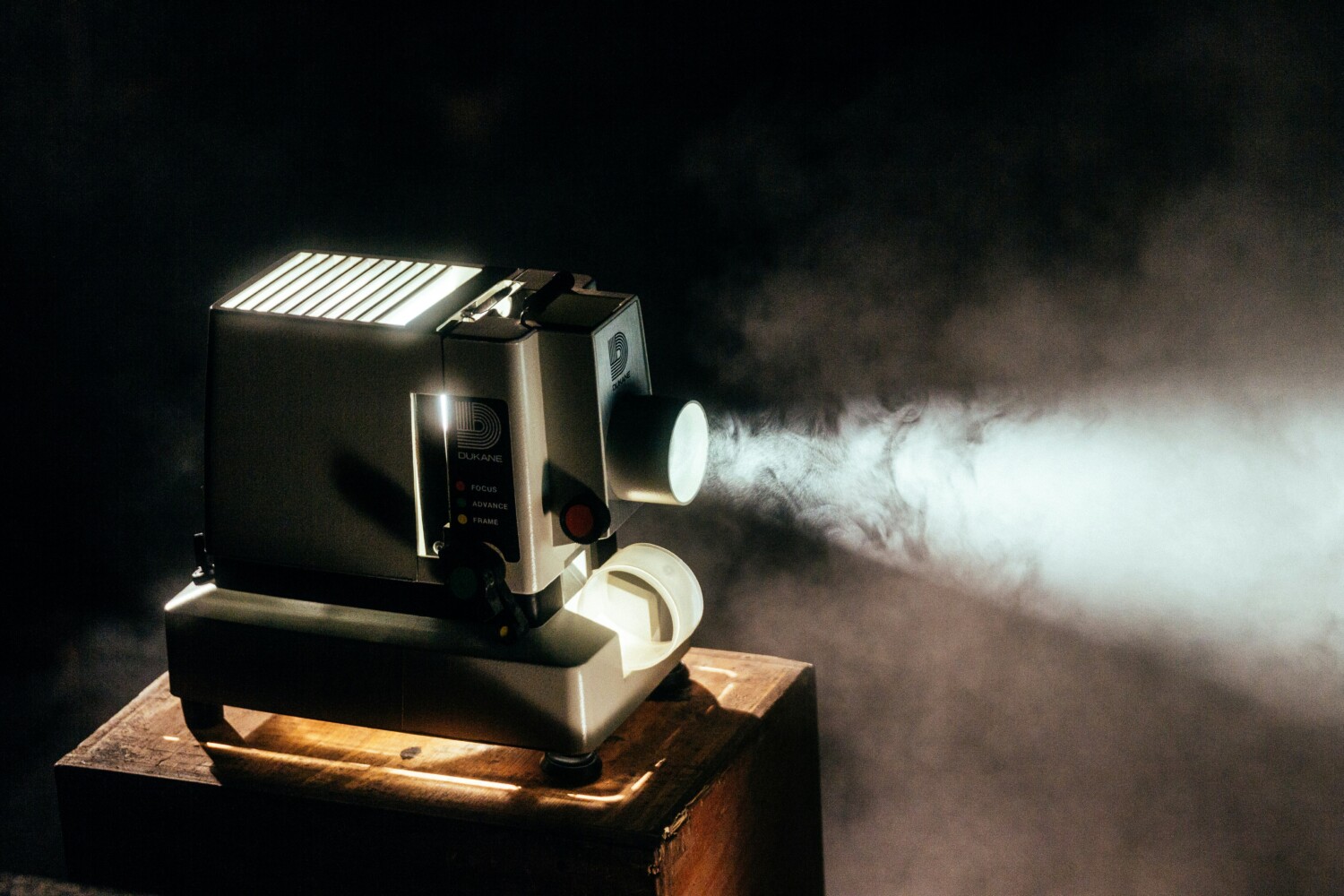
When we are drawn to horror movies, we are basically giving in to a deep-seated instinct, a morbid curiosity that has helped our ancestors stay alive in a dangerous world by learning about it at a distance, or even vicariously. Horror satisfies this instinct and allows us to engage playfully with made-up worlds that brim with danger, but at no real risk.
The fact that the Recreational Fear Lab — a legit scientific research unit dedicated to the investigation of ‘frightening leisure activities’ — even exists brings joy to my dark little horror-loving heart and soul. That its director Mathias Clasen shares some of that research in this essay, even more so. This is a brilliant breakdown of the three categories of horror fans (white knucklers, adrenaline junkies and dark copers), and the ways horror builds community and emotional resilience.
Fear not! | Aeon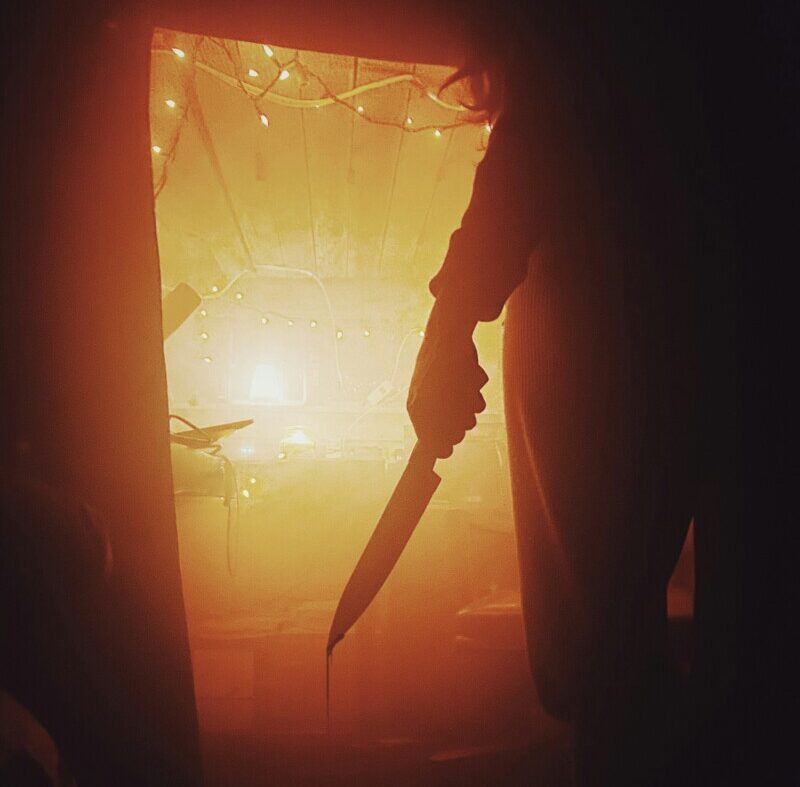
The thing about a horror movie is, I’m never afraid of the movie per se, not as an adult—the movie is fake. But there is some fear, some risk at play. What I fear is getting too scared for pleasure—too scared for the game. Usually, the fear is contained by the length of the movie. When I turn it off and turn on the lights, the fear dissipates, disappears. But there have been rare times when it hasn’t—times when some mechanism tripped, and I stayed spooked for hours. That’s what I’m afraid of when I watch a scary movie. I’m afraid of my own fear.
The philosophy of games, the psychology of fear, and why embracing our fear through horror movies can be a source of pleasure… until it isn’t.
Fear as a Game | The Believer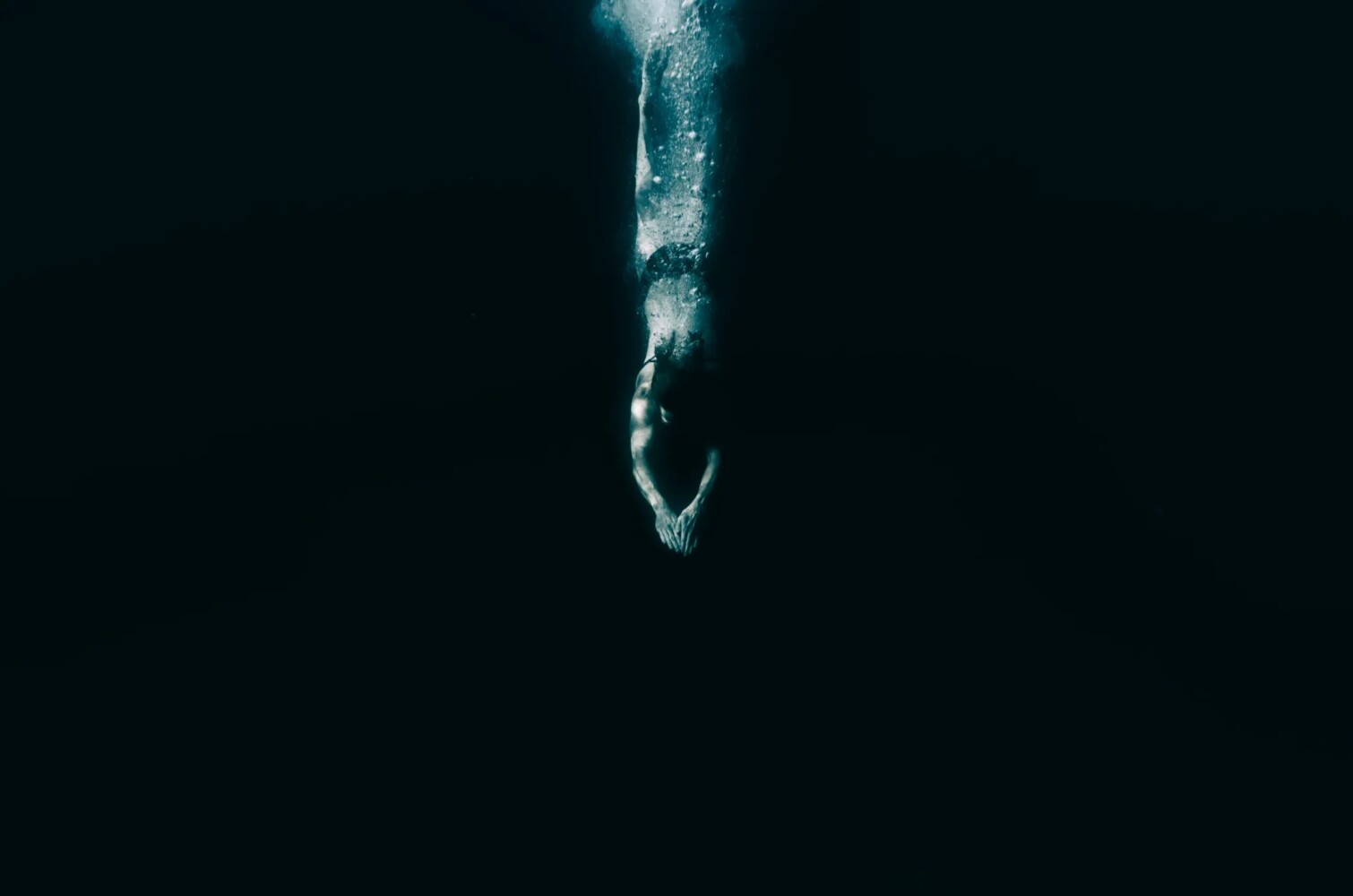
How I felt watching horror films was how I felt at pools. Drawn to them, sensing, but confused by my role in them, by an unidentifiable yet understood imperative to comply. My real-life pools were Terrible Places in a distorted, phantom translation of the horror trope. I recognize this, my body told me. Beware.
There wasn’t a mass grave beneath the community pool. There wasn’t a murderer cornering me in the deep end. But tell that to the body. Those years of discomfort after discomfort: Maybe my body was telling me to get the hell out of the Terrible Place, and I just didn’t know how.
From the threat and menace of public pools to childbirth via It Follows, Let the Right One In and the work of Carol J. Clover (author of Men, Women, and Chainsaws: Gender in the Modern Horror Film), this essay by Lesley Finn explores Final Girls, Terrible Places, and the seductive dangers of stories.
Final Girl, Terrible Place | Longreads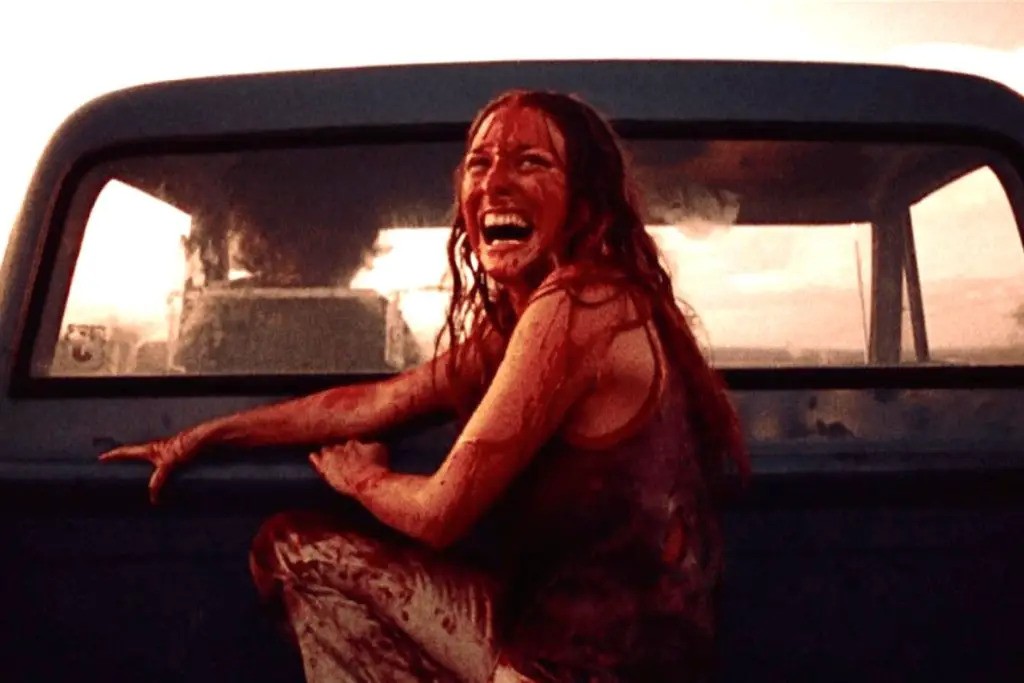
Of all the movies I’ve seen, I’ve seen Chain Saw the most—a revving engine of a film, sick and quick and all deep reds… Chain Saw felt like something emerging, fully formed, from a bog, and I was emerging too, albeit much more slowly. And who hasn’t fallen in love with the place where they realized who they were? Who hasn’t made a home out of fear without in some way loving that fear, too?
My first intro to Zefyr Lisowski’s work but deffo not the last (her essay collection Uncanny Valley Girls: Essays on Horror, Survival and Love looks incred and totally my cup of tea), this is a lushly written personal essay about violence, the South, fear, gender and identity that I absolutely loved.
I Loved “Texas Chain Saw Massacre” Before I Loved Myself | Electric Lit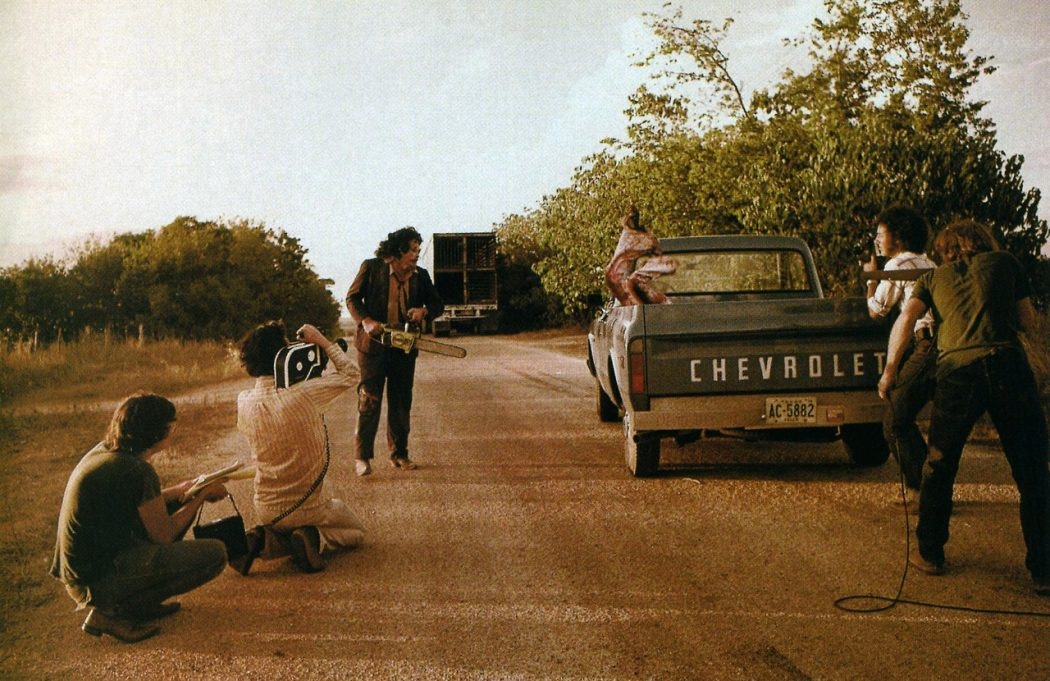
Chainsaw was the first real “slasher” film, and it changed many things—the ratings code of the Motion Picture Association of America, the national debate on violence, the Texas Film Commission, the horror genre—but it remained a curiously isolated phenomenon. The film itself, involving five young people on a twisted drive through the country, is a strange, shifting experience—early audiences were horrified; later audiences laughed; newcomers to the movie were inevitably stricken with a vaguely uneasy feeling, as though the movie might have actually been made by a maniac—but the story behind the film is even stranger.
I didn’t know anything about the making of The Texas Chainsaw Massacre — I only ever saw it once, way too young, and was too terrified to ever go back — but this meticulously researched recounting of its origins and legacy is absolutely fascinating.
They Came. They Sawed. | Texas Monthly